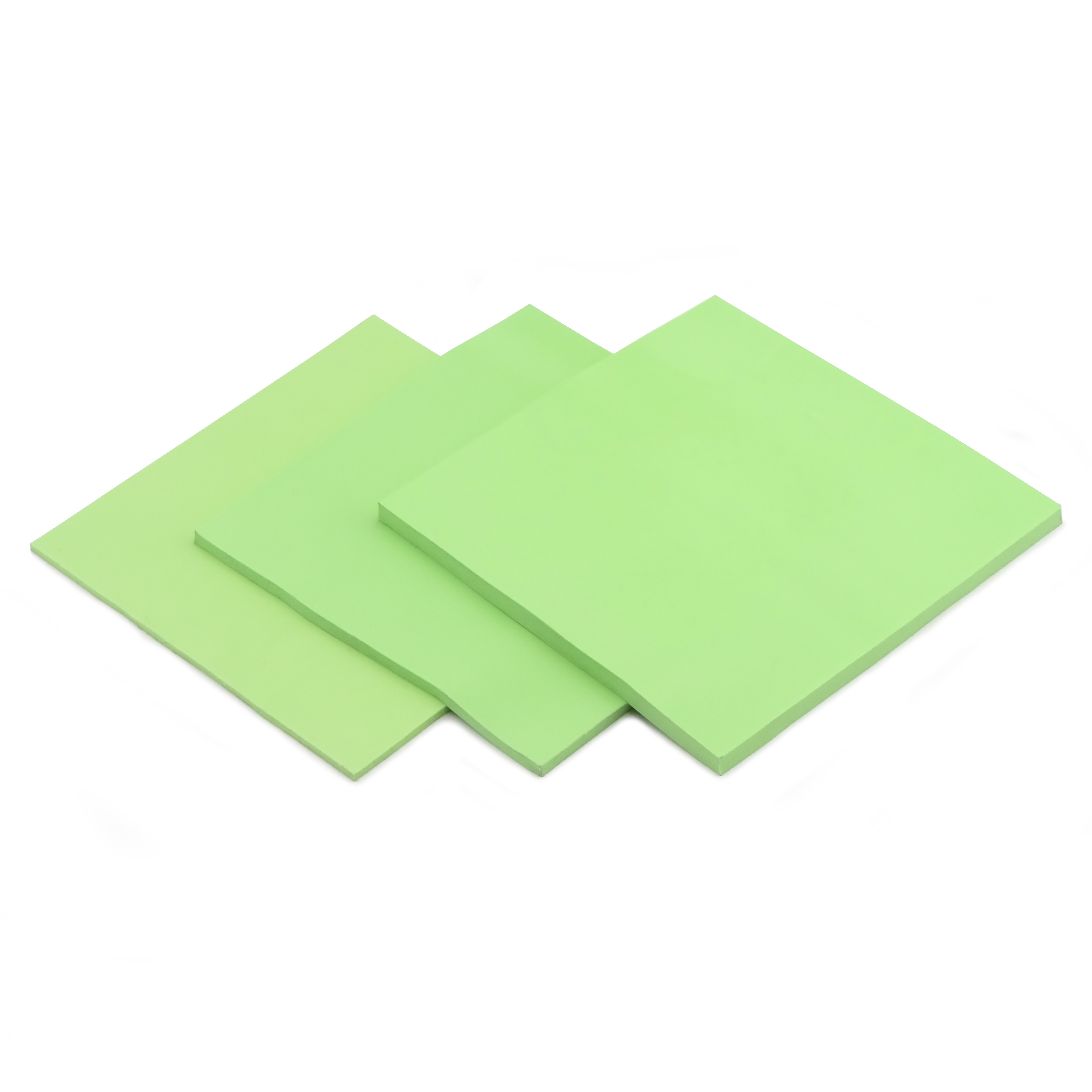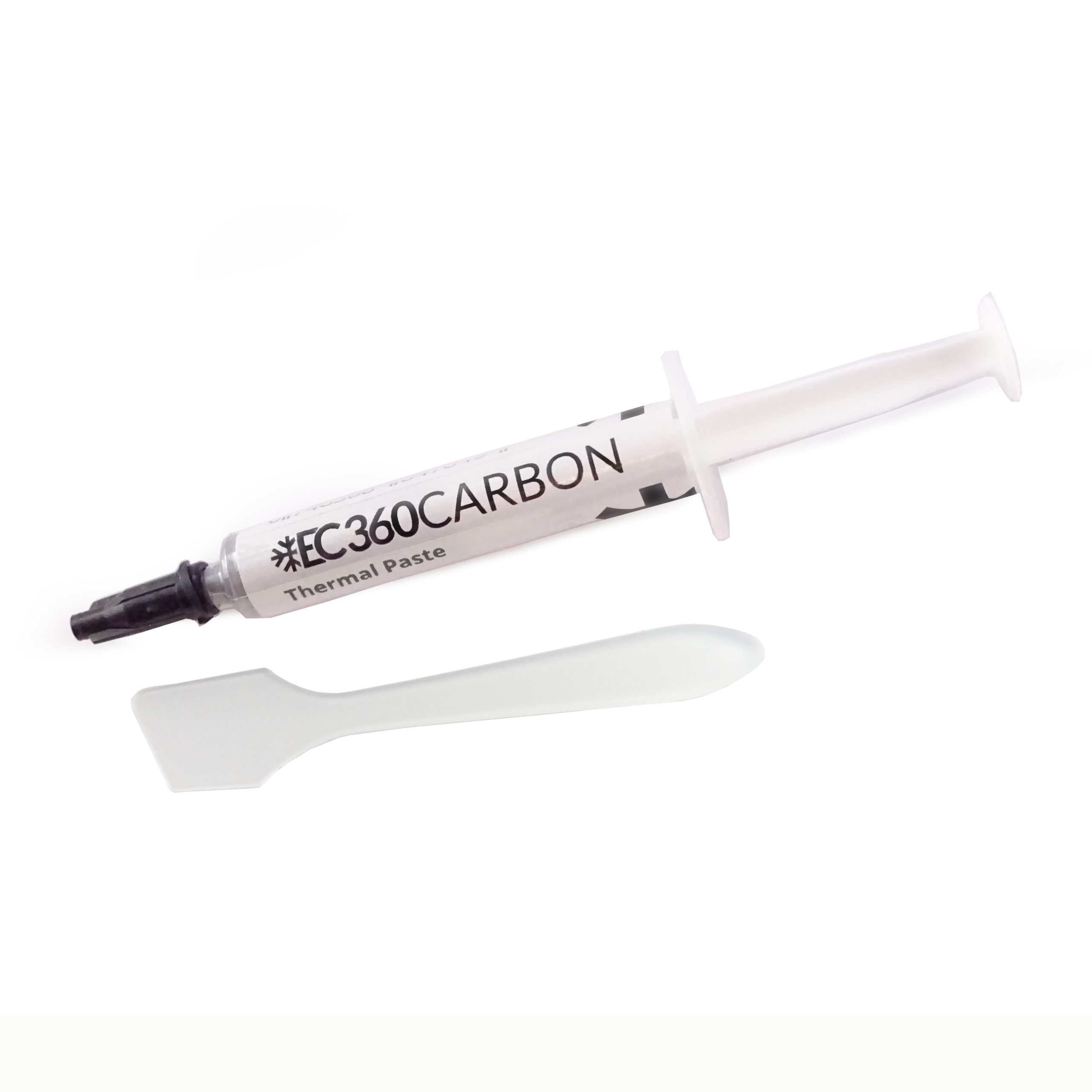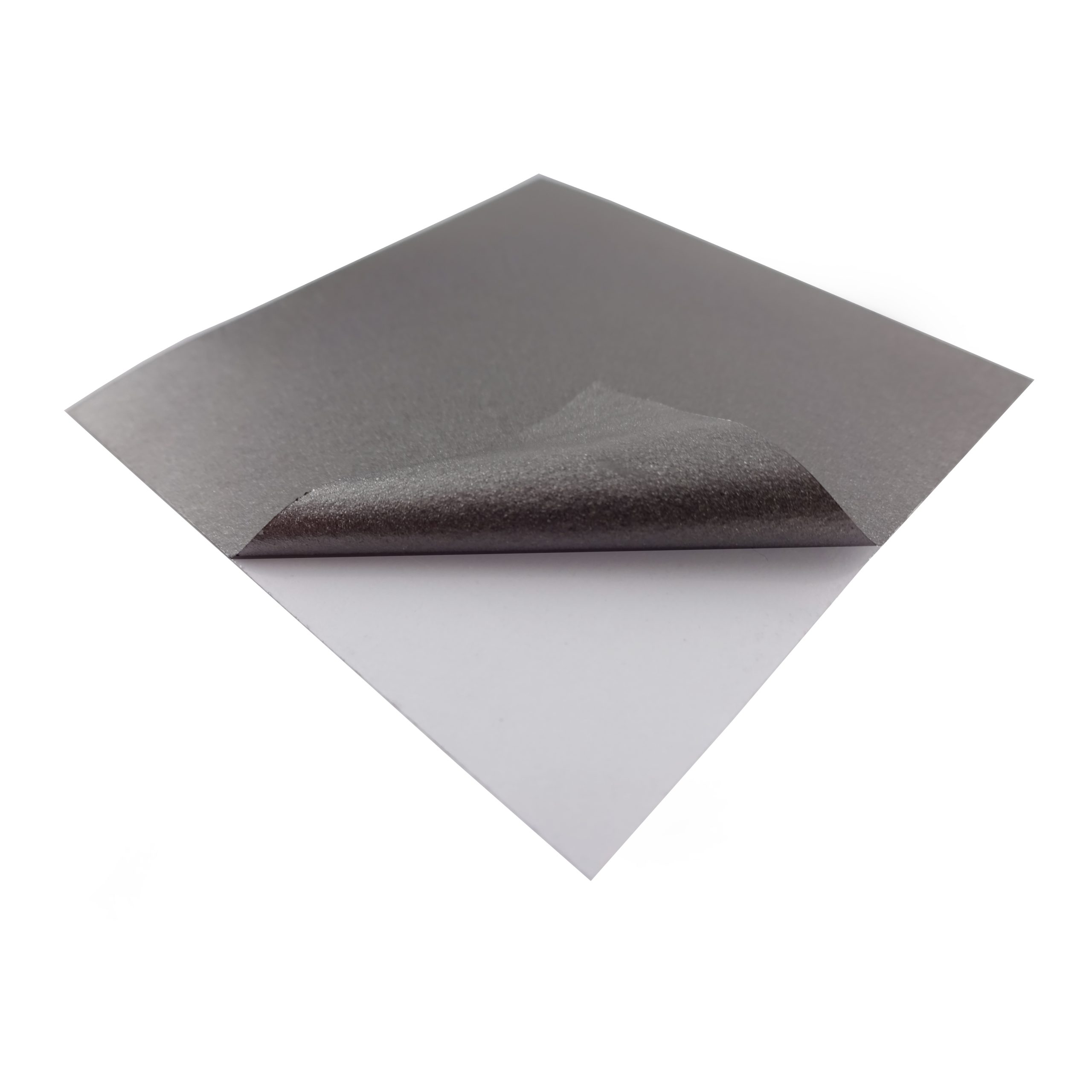
Choosing the right thermal management components is critical for cooling processors and other electronic components to ensure longevity and performance. One of the most common questions that arises is whether to use gap-filling thermal pads, thermal paste, or graphite thermal pads. In this article, we will describe the differences between all three methods of heat transfer and help you choose the right material for your application.
Gap-filling Thermal Pads
Gap-filling thermal pads are used to fill larger air gaps between two components and thus improve heat transfer between them. This is mostly the case with Ram and power supply chips. Here it is the case that there is usually a gap of several millimeters between the RAM and the cooler, so the chip has no contact with the cooler at all. Here it is not about filling small cracks or unevennesses (like e.g. with thermal paste) but about filling gaps of several millimeters. For this, you use the gap-filling pads, which are correspondingly thick.
Thermal Paste

Unlike gap-filling thermal pads, thermal paste is designed for use in cooling systems with direct contact. Due to the liquid consistence of the thermal paste, even microscopic cracks and irregularities in the surface can be filled. In this way, it contributes to more effective and uniform heat transfer between the various components.
Application examples would be CPUs and GPUs, here the cooling system is usually designed to use thermal paste.
Graphite Thermal Pads

Graphite pads are not gap-filling heat conduction pads, so they are only available in very small thicknesses (e.g. 0.05 mm). They serve the same purpose as thermal paste: They are mostly used for CPU and GPU, i.e. chips that are cooled with direct contact. Just like the thermal paste, the graphite pad fulfills the function of filling microscopic cracks in the surface of the cooler with thermally conductive material and thus significantly improving heat transfer.
Graphite Thermal Pads or Thermal Paste?
Both thermal paste and graphite thermal pads are therefore designed for use in cooling systems with direct contact.
Whether paste or graphite pads are more suitable has to be weighed up on a case-by-case basis, both have advantages and disadvantages. The disadvantage with graphite pads is that they are electrically conductive, so you have to be careful not to cause a short circuit. On the other hand, they have the advantage that they practically never need to be replaced, as they maintain their performance over time. This is different with paste, which dries out over time and thus loses thermal conductivity, so you have to replace it after a certain time.
Conclusion
To ensure the proper functioning of electronic components in the long term, its cooling system must be carefully maintained. For this, the choice of the right heat conducting components is crucial. When choosing between thermal paste, gap-filling thermal pads and graphite thermal pads, the specific application should always be kept in mind. We hope that we could help you with the decision.
